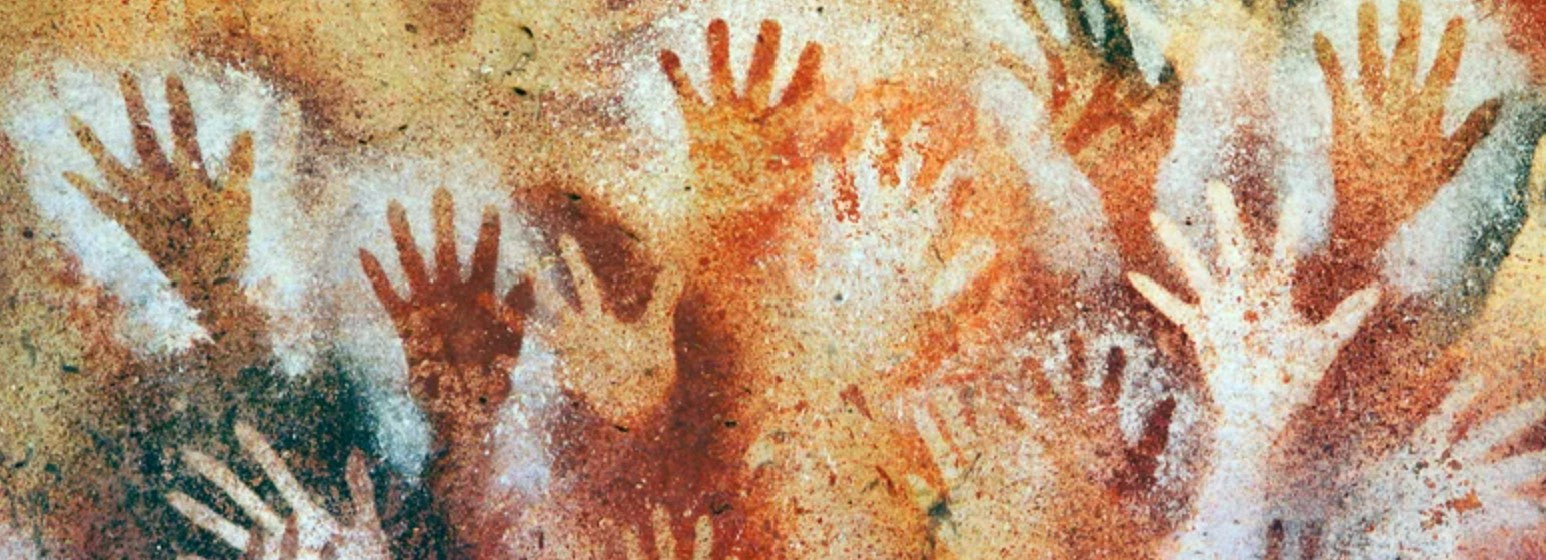
When were stencils invented?
Stenciling, an artistic technique that has stood the test of time, has a history spanning over 37,000 years. From its humble beginnings in the depths of prehistoric caves to its contemporary use in fashion and design, stenciling has evolved into a versatile and enduring art form. This article delves into the fascinating history of stenciling, tracing its origins, development, and its impact on art, culture, and design throughout the ages.
1. Prehistoric Origins:
The earliest evidence of stenciling can be found in Neanderthal cave art discovered in Spain. These ancient stencils, dating back over 37,000 years, were created by blowing finely crushed pigment around the outlines of handprints. Accompanying these handprints were depictions of animals, hunting scenes, and ritualistic elements. This early use of stenciling showcases the artistic capabilities of our ancient ancestors and their desire to leave lasting impressions on cave walls.

2. Ancient World:
Egypt and Pompeii: Stenciling's appeal expanded over time, and it became prevalent in ancient civilizations like Egypt and Pompeii. The detailed drawings and intricate art found in Egyptian tombs and along the walls of Pompeii's buildings were often created using stencils. This innovative technique allowed artists to reproduce patterns accurately and efficiently, facilitating mass production of art and decorative designs.
3. Chinese Innovations:
Around 105 AD, the Chinese made a significant leap in stencil technology by developing the first paper-based stencil. This breakthrough revolutionized their printing techniques, and stenciling soon transitioned to cloth, enabling the transfer of vibrant and colorful patterns onto garments. The Japanese further refined the method, using delicate stencils bonded with human hair or silk in a dyeing process known as Katazome. This technique involved applying paste through a stencil to resist color, resulting in intricate negative designs on fabrics.

4. Stenciling in Europe:
Trade routes from the East facilitated the spread of stenciling to Europe. The technique gained popularity and found extensive use in the mass production of various items, including manuscripts, playing cards, book illustrations, fabrics, and wallpaper. Stenciling became an integral part of architectural design, adorning public buildings, churches, and homes with exquisite patterns.
5. Stenciling in the New World:
Immigrants brought stenciling to the New World, where it was embraced with enthusiasm, leading to the development of new styles and applications. Stencils were used to decorate homes, furniture, and works of art, and the technique remained popular for architectural designs well into the early 20th century. Various historical periods, such as Renaissance, Victorian, and Art Deco, influenced stencil designs during this time.

6. Modern Stenciling Techniques:
Today, advancements in technology have made stencil production a streamlined process. High-quality stencils are composed by design and graphics teams and laser cut onto durable materials like Mylar. At Alabama Chanin, stenciling remains an essential part of their fabric decoration process. Patterns are transferred onto fabric using an airbrush, and the stencils serve as a guide for various sewing methods like appliqué, reverse appliqué, and intricate beading.

Conclusion:
Stenciling has an impressive history that spans thousands of years, from its humble beginnings in prehistoric caves to its continued relevance in contemporary design. Throughout history, stenciling has demonstrated its versatility, facilitating the mass production of art and decoration while preserving intricate and beautiful patterns. Today, stenciling remains an essential technique for artists and designers, allowing them to express their creativity and transfer unique designs onto various surfaces with precision and ease. As we continue to appreciate and embrace this ancient art form, stenciling will undoubtedly continue to inspire and influence artistic expression for generations to come.


Leave a comment